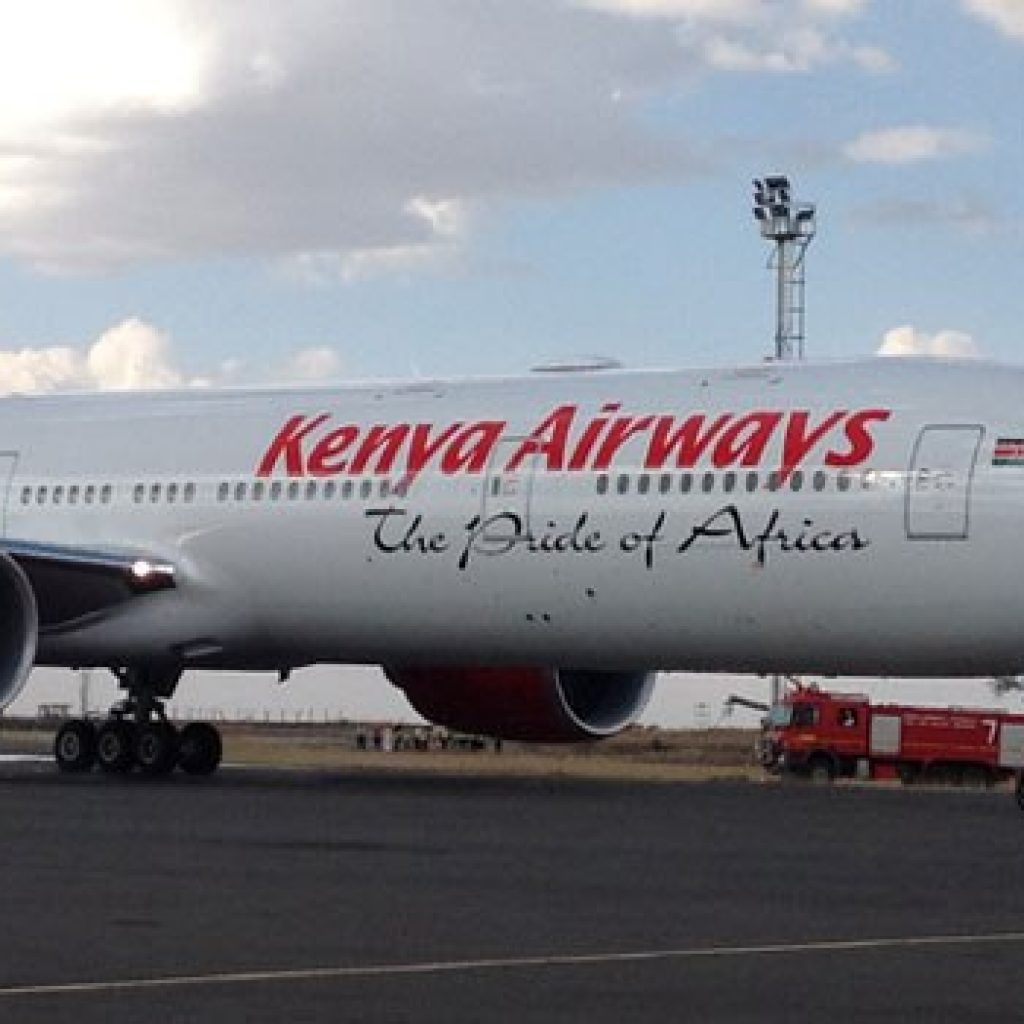
On 28th October 2018, Kenya’s national carrier, Kenya Airways (KQ) will begin a whole new flight; an inaugural flight that has been in the making for over a decade now. It is on this date that Kenya Airways will commence direct non-stop flights between Nairobi and New York. This will be a major historic milestone for the national carrier, which marked its fortieth year in operation in 2017. It will be KQ’s first ultra-long haul flight.
The flight will operate daily both ways between Nairobi (Jomo Kenyatta International Airport) and New York (John F. Kennedy International Airport). The maiden direct flight to New York will leave Nairobi at 23.25pm for a 14-hour eastbound flight and arrives in New York at 6:25am (the next day). The 15-hour westbound flight to Nairobi from New York will depart at 12.25 pm and arrives in Nairobi at 10:55am (the next day).
Kenya Airways will deploy the Boeing 787 Dreamliner aircraft on the Nairobi-New York flight. Each flight will ferry 234 passengers; 30 on premier world and 204 on economy class. The flight will be ultra- resourced with 4 pilots and 12 flight attendants.
Since Kenya Airways opened sales for its first flight from Nairobi to the USA in January, about 7,000 travelers have booked seats on Kenya Airways’ direct flights to New York ahead of the October inaugural journey. The bookings are spread across the year starting October 28th when the first direct commercial flight from Nairobi to New York will take off. The airline expects the inaugural flight to be fully booked with last-minute reservations.
The flight will have a direct impact on the Kenyan economy as it is expected to generate direct and indirect employment opportunities by boosting trade between Kenya and the US, both in terms of goods and services. The direct flight will come as a crucial plank for Kenya by facilitating direct cargo shipment of Kenya’s exports such as its flowers, tea, and coffee as well textiles and apparels by air, directly to the US market.
The direct flight will also stimulate the growth of Kenya’s tourism sector. This is especially considering that tourists from North and South America generally connect to Kenya and Africa through Europe, making the duration of their trip approximately 24 hours. However, with the introduction of the direct flight from U.S to Kenya, the travel time will reduce drastically to 15 hours. We anticipate more travel to Kenya due to reduced travel time.
The Kenya Tourism Board (KTB) anticipates the number of tourists visiting Kenya from the U.S to grow as KQ prepares to launch direct flights. The U.S is currently Kenya’s top tourism source market, commanding a market share of 11.8 percent of total arrivals to Kenya as at December 2017. 114,507 tourists from the U.S visited Kenya between January and December 2017, representing a growth of 17.0 percent compared to the 97,883 arrivals recorded during the same period in 2016. There has been a 20 percent increase in traffic from the U.S every year since 2016. Kenya Airways’ direct flight to the U.S therefore comes as a welcome development as it is expected to accelerate growth of the tourism industry by contributing to increased tourist arrivals.
The flight will also substantially boost Kenya’s global profile as a tourism destination as it will provide a shorter, quicker and more affordable connection for tourists and business travelers coming to Kenya. It is noteworthy that 48 American companies and international organizations have their regional hubs in Nairobi. They include the United Nations, the World Bank, the International Monetary Fund, Coca Cola, Microsoft, Google, IBM, General Electric, and Pfizer among other organizations.
The flight will connect more than two cities. The direct flight will also connect East Africa to the U.S. Travelers from Uganda, Tanzania, South Sudan, Mauritius, Rwanda and Ethiopia will be able to access the U.S through Nairobi. Kenya Airways already flies to Africa, Europe, Middle East, Indian sub-continent and Asia. The Nairobi-New York direct flight will be an essential addition to the existing footprint.





About The Author: David DiGregorio
More posts by David DiGregorio